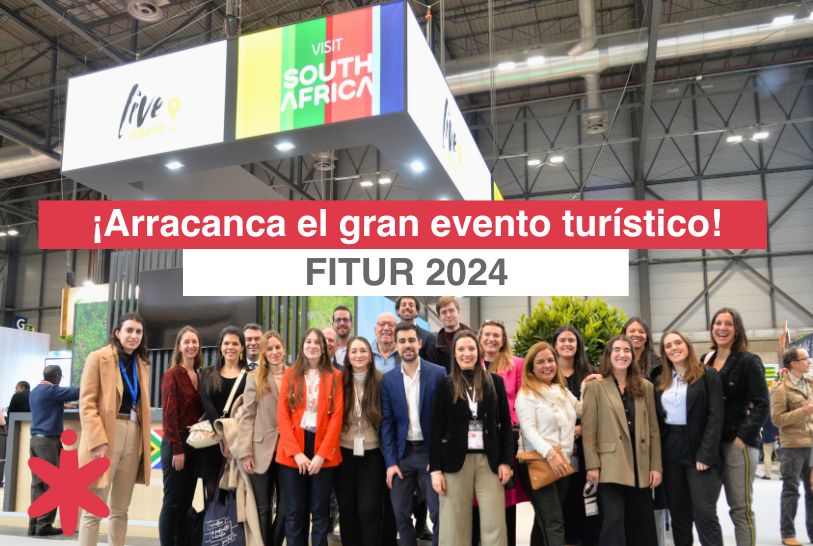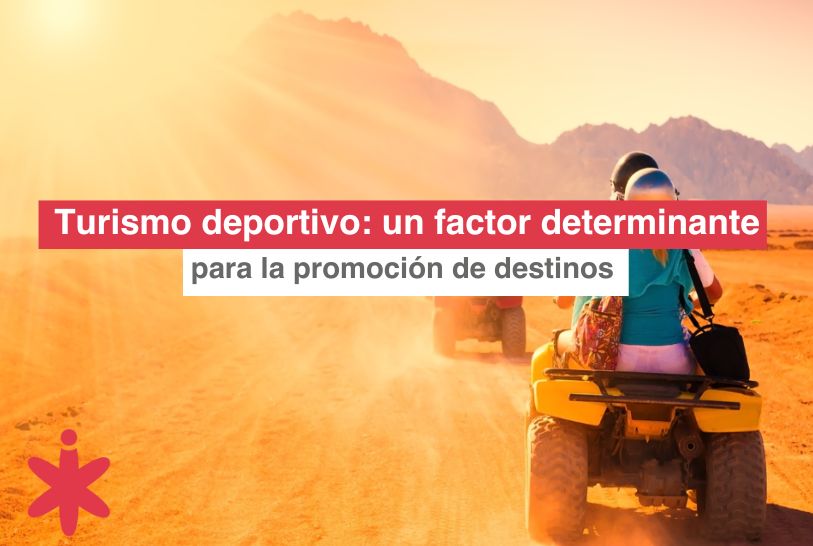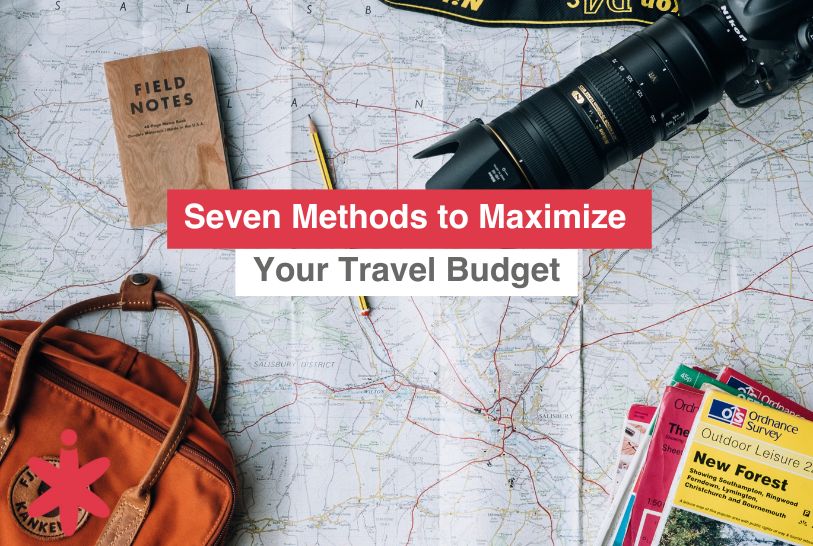Wellness tourism: what is it and who is the traveller that practices it
Wellness tourism: what is it and who is the traveller that practices it

5 ways to make your vacation feel like an Indiana Jones adventure
16/02/2023
Top travel trends in Europe 2023
15/03/2023Wellness tourism: what is it and who is the traveller that practices it
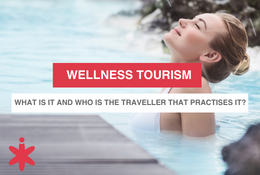
Wellness and fitness trends are becoming more and more popular and, as expected, they have already reached the tourism industry.
For some years now, we have been hearing the terms “wellness travel” or “health tourism”. The trend that more and more people are joining focuses on personal health as well as both physical and mental wellbeing. While some travellers use their holidays to take a break from dieting and fitness and use this time to indulge in some treats which they usually avoid, other travellers choose to use their holidays to maintain or start a healthy lifestyle. These latter travellers make up the segment targeted by wellness destinations.
So… What is health Tourism?
According to the article Exploring Health Tourism, this kind of tourism refers to “those types of trips whose primary motivation is to contribute to physical, mental or spiritual health, through medical and wellness activities” (UNWTO, 2018). The popularity of this type of travel has been acknowledged for a long time for reasons such as performing surgical operations that are inaccessible in the country of origin due to economic reasons, access to rare treatments, cosmetic touch-ups, etc. While all these examples occupy a large percentage in this type of segment, today there is an exponential growth in the demand for activities and tourism products focused on improving wellbeing.
What are the characteristics of “wellness destinations”?
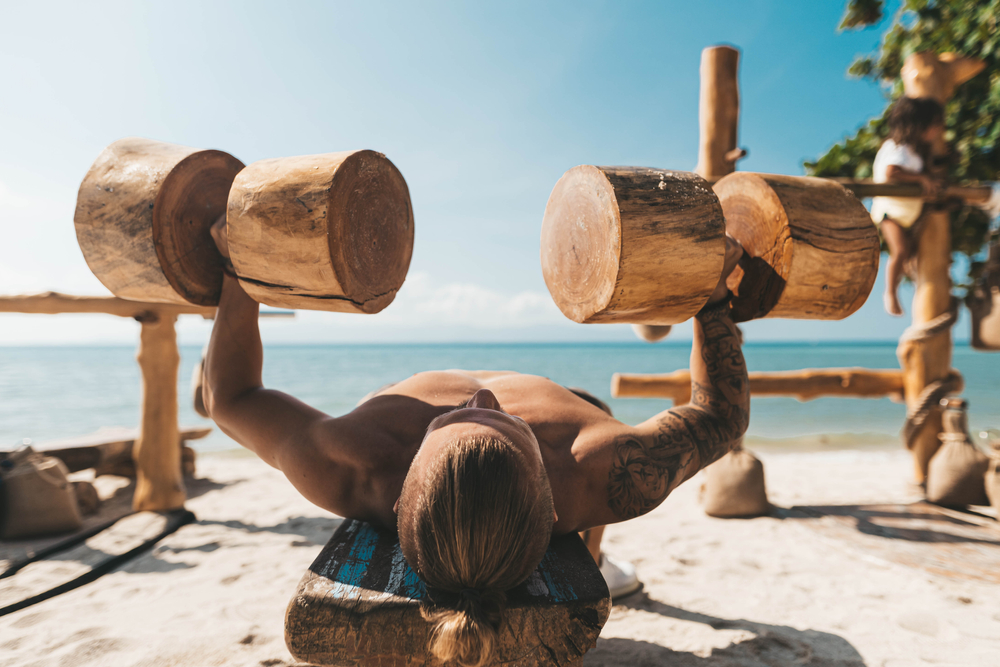
It is important to understand the difference between health and wellness tourism, although they are often grouped, these two forms of travel are completely different. While health tourism pursues issues related to health treatments, operations, and, in general, the cure of injuries or illnesses, wellness tourism seeks to “reduce stress, prevent illness and enhance general wellbeing, i.e. activities to maintain a healthy lifestyle” (GWI, s.f.). This trend is very important as it combines two of the most powerful industries, tourism, and wellness. As highlighted by the Global Wellness Institute, wellness tourism consists of “proactive, voluntary, non-invasive and non-medical activities” (GWI, s.f.)
Nowadays, more and more destinations are introducing activities focused on this type of tourist, from spiritual retreats in India, yoga camps in Colorado or spas in safaris. Malaga, for example, has been positioning itself as a wellness destination since 2022, with initiatives such as easy access to sports facilities or gyms, locations for meditation or its gastronomy of high nutritional value and cooked with local products (Europapress, 2022).
Wellness destinations and their connection to sustainability

A great enhancer of the popularity of this kind of tourism is its compatibility with sustainability. Sustainability is still among one of the most influential trends in the industry and its presence and importance in tourism are undeniable. Wellness tourism, in addition to self-care, also cares for the environment by avoiding the masses, searching for local restaurants and organic food, encouraging activities to connect with nature, and contributing to many other sustainable initiatives.
Who is the wellness traveller (Travellyze)?
The following information is obtained from the Travellyze platform, which analyses data from more than 1,500 travellers surveyed from each of the European destinations (Spain, United Kingdom, France, Nordic countries, Germany, Holland, and Italy) selected for their relevance to this article.
62.7% of travellers who choose to take care of their wellbeing while travelling are women. The travellers who most demand this style of holiday (19.5%) are between the ages of 35 and 44, followed closely by the 25-34 age group (17.4%) along with those aged between 55-64 (18.7%). Most respondents who choose this type of holiday are married or living with a partner (44.1%) while 36.7% are single. The vast majority do not have children, or their children have already become independent. The most common budget dedicated to this kind of travel is between 1,000 and 3,000 euros, and travellers tend to have incomes between 18,000- 36,000 euros (28.2%) or 36,000- 60,000 euros (21.7%).

Visitors looking for wellness activities are mainly inspired by friends and family or search engines, such as Google. The most popular social media platform among users in this segment is Instagram, followed by Facebook. In order of priority, this type of traveller tends to book through price comparison websites, directly from the accommodation or activity website, and as part of travel packages sold by travel agencies. Despite the high number of bookings during high season (December, June, July, and August), there is also a high demand in October. Furthermore, the preferred type of stays for these trips are 3-4* hotels (51%), holiday homes (rental or Airbnb) 36.5%, Bed and Breakfast (33.1%) and spa hotels (28%).
Concerning what was mentioned in the previous section on sustainability, 15.7% of this segment choose to stay in an “eco-friendly” accommodation even if it means a higher price; 14.8% participate in rural or local experiences and 14.3% support projects that protect the environment or biodiversity.
Finally, it is important to analyse the image that these travellers have of the different destinations. The study of the image is based on an exhaustive algorithm with three factors as a reference: knowledge, how much the traveller knows about the destination’s tourism offer; perception, what impression travellers who have not yet visited the destination have of it; and experience, how travellers who have visited the destination encountered it.
When we examine this data for the segment of travellers looking for activities that enhance their wellbeing during their holidays, we find that the 5 countries with the best image are: Italy, Spain, Germany, Greece, and Norway.
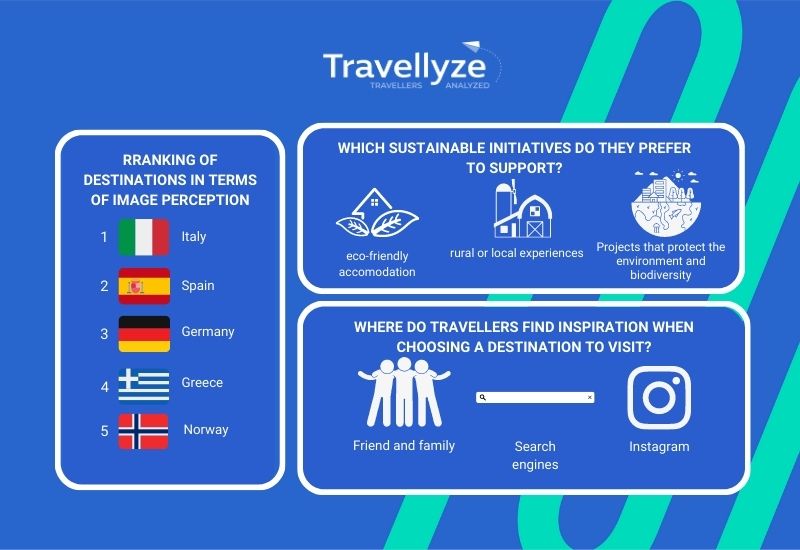
The information provided in the article allows us to define the profile of travellers who choose a style of tourism that enhances their wellbeing.
It also shows us the substantial difference between health and wellness tourism and identifies the destinations that already offer activities and accommodation aimed at this segment and which of them have a better image for this type of traveller.
Andrea Fernández
Marketing Team


 All the news
All the news  Back to newsroom
Back to newsroom